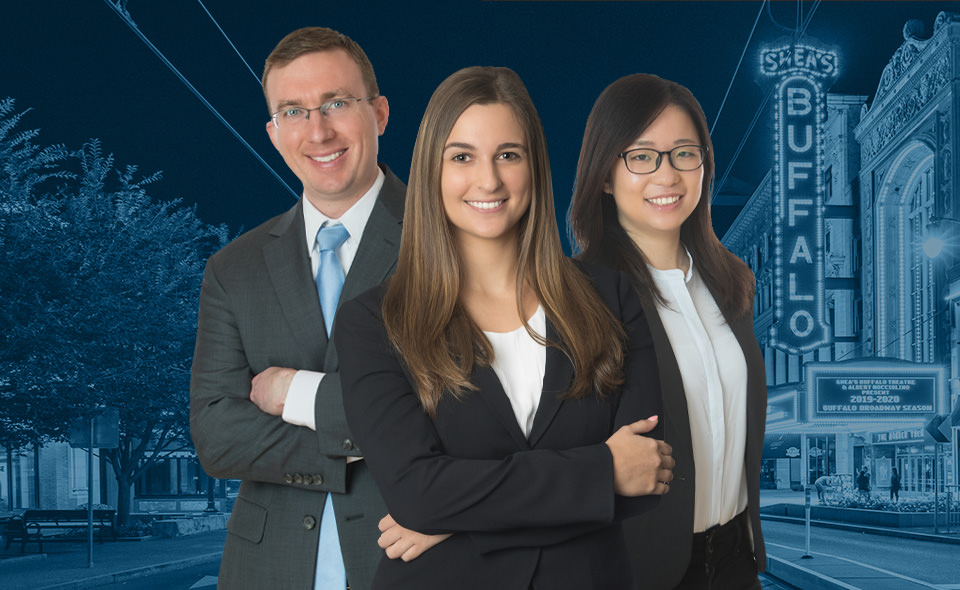Who Said this Would be Easy? The risk of dragging your heels on the implementation of new accounting standards
December 19, 2018 | Authored by Bart F. McGloin CPA CFE CFF
 December 19, 2019 – Who says that accounting standard setters don’t have a heart? Faced with implementing two of the more daunting new standards that practitioners have encountered in many years, the FASB has thankfully eased off on introducing any other significant new accounting standards updates (ASUs) in the last few years. For this at least, we can be thankful. The two game changing standards to which we refer of course are ASU 2014-09, Revenue from Contracts with Customers, and 2016-02, Leases. Non-public entities with calendar year-ends must adopt ASU 2014-09 in 2019 and ASU 2016-02 in 2020.
December 19, 2019 – Who says that accounting standard setters don’t have a heart? Faced with implementing two of the more daunting new standards that practitioners have encountered in many years, the FASB has thankfully eased off on introducing any other significant new accounting standards updates (ASUs) in the last few years. For this at least, we can be thankful. The two game changing standards to which we refer of course are ASU 2014-09, Revenue from Contracts with Customers, and 2016-02, Leases. Non-public entities with calendar year-ends must adopt ASU 2014-09 in 2019 and ASU 2016-02 in 2020.
The principal message to be delivered regarding these two ASUs is that if you have not yet started your implementation wheels turning, you may soon find yourself in some trouble. This holds especially true for ASU 2014-09 whose implementation date looms ever closer. Unfortunately, many would be implementers of this standard dismissed it as being “not applicable” or “no big deal”. What the early implementers have learned, however, is that the standard, even if it yields little to no change in their accounting, still demands a process to assess its vast requirements. That process includes scoping the company’s revenue into categories, obtaining customer contracts for each of these categories, assessing what revenue transactions actually look like in spite of what the written contract may otherwise state, making decisions about grouping customer contracts into portfolios and, subjecting each revenue category or portfolio to the ASU’s five-step revenue recognition process. Oh yes, and the many and varied judgments and conclusions that will necessarily be made along the way must be appropriately documented. These stakes are particularly high for those companies obligated to obtain audited or reviewed financial statements. And we have not even mentioned the higher bar that will be required for disclosures about revenue!
Our experiences thus far suggest that all of these steps have taken more time than was originally anticipated. This conclusion essentially mirrors the experiences of public company implementers who readily admit the undertaking was more significant than was originally anticipated.
While there is still less real world experience available regarding the lease standard, intuition alone would lead us to conclude that the results will be similar. For example, taking an inventory of all of your leases (or at least those that will be in place upon adoption) will be a significant time consumer for many. Running out lease payment amortization schedules to compile the newly required balance sheet accounting will also be time consuming (not to mention tedious). In a conversation recently with an early adopter of the lease standard (yes, there are such people out there!), the writer was informed that the software tools available and necessary for this number crunching exercise was less than high end. Also, as with the new revenue standard, this standard too will involve the making of many judgments in need of documentation.
In short, companies who are taking the long view on these standards are more likely to successfully mitigate the substantial implementation risks that exist. The long view includes: planning; establishing an implementation team; preparing project management resources; communication with various internal and external stakeholders and, finally, seeking outside help where necessary. The good news is that you need only pick-up the phone and call Dopkins & Company, LLP to get back on the fast track.
This post is an excerpt from the Dopkins Risk Advisory Services newsletter. To read the complete publication, please click here.
For more information, please contact Jay McWatters at jmcwatters@dopkins.com.
About the Author
Bart F. McGloin CPA CFE CFF
Bart, a partner in our General Services Team, is the chair of the Dopkins Forensic Group and concentrates his practice in the areas of fraud investigations, complex litigation support matters and consulting on issues involving occupational fraud prevention and mitigation.

